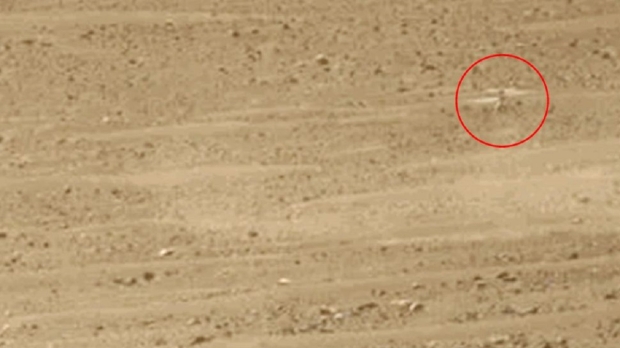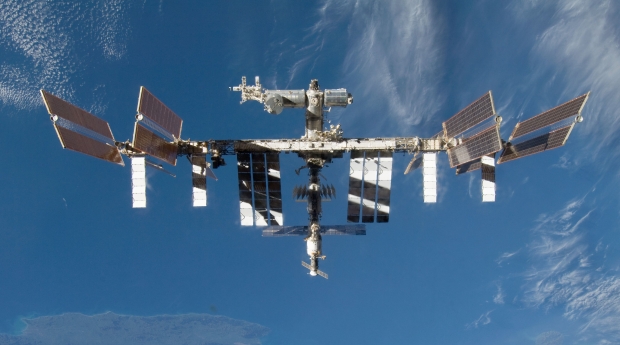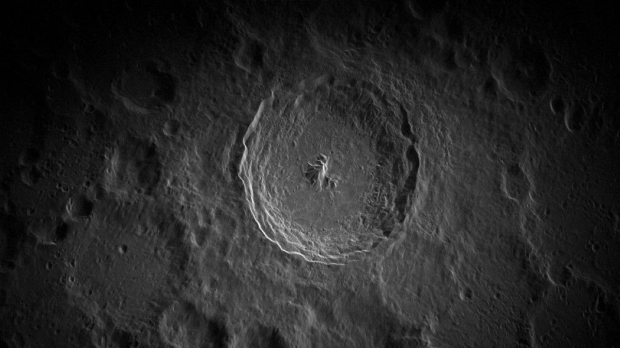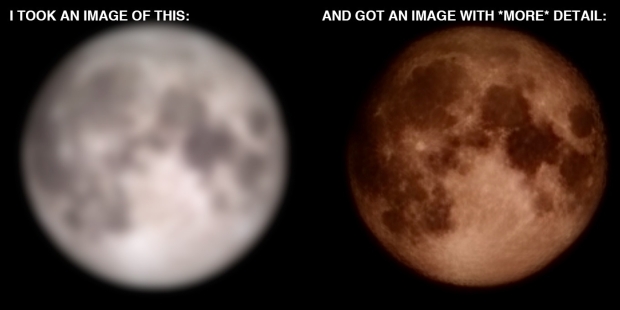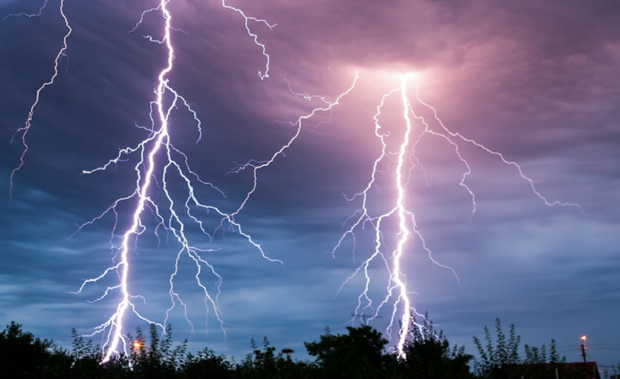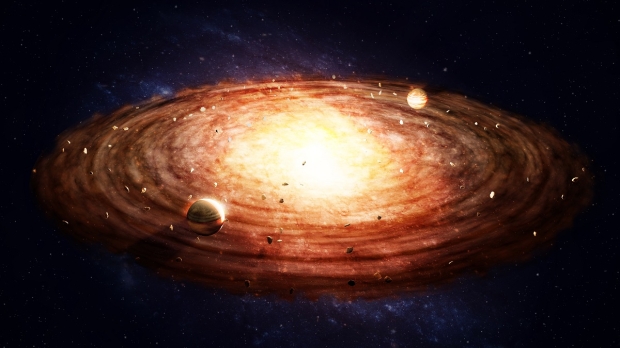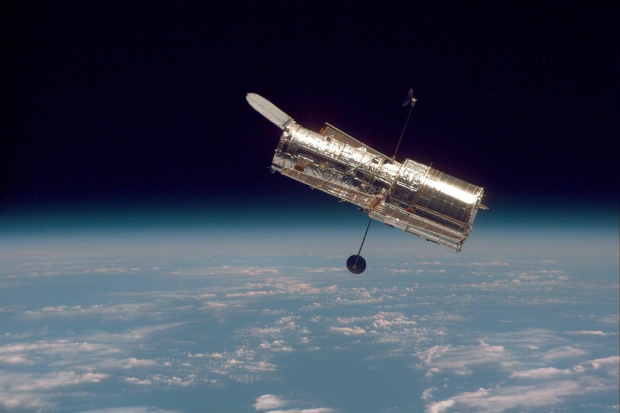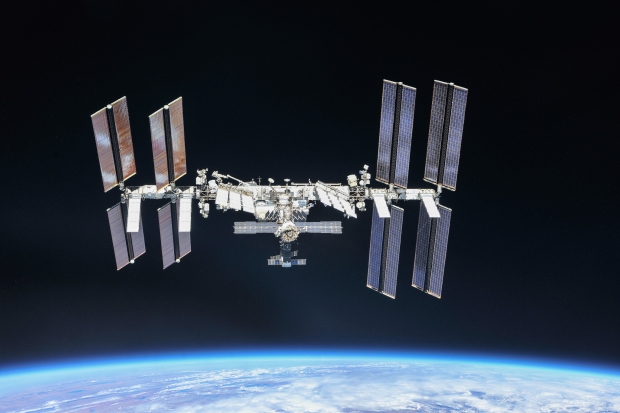Science, Space, Health & Robotics News - Page 60
Spacesuit prototype revealed for NASA astronauts landing on the Moon
Axiom Space scored the NASA contract to construct the next generation of spacesuits that will be worn by astronauts returning to the lunar surface.
NASA astronauts will be touching down on the lunar surface as part of the space agency's Artemis 3 mission, and according to a recent press release, Axiom Space will be the company providing the new spacesuits that are expected to come with a variety of different improvements. Axiom Space's website details the new suit called the Axiom Extravehicular Mobility Unit (AxEMU), which a prototype was recently unveiled at Space Center Houston's Moon 2 Mars Festival on March 15.
Axiom Space announced that it will be able to provide NASA with a fleet of training spacesuits by the end of this coming summer, and these spacesuits accommodate a large variety of crew members. Notably, Axiom Space took NASA's traditional spacesuit design, the Exploration Extravehicular Mobility Unit (xEMU), and added increased flexibility, greater protection to withstand the harsh environment of the moon, and the ability to add scientific tools for astronauts to carry out scientific operations while on the surface of the moon.
Continue reading: Spacesuit prototype revealed for NASA astronauts landing on the Moon (full post)
Red Bull pilot lands plane on top of one of the tallest buildings in the world
Landing a plane is no walk in the park, it presents unique challenges that individuals must train rigorously for, but what if you wanted to land a plane on the world's shortest runway that's stationed atop one of the world's tallest buildings?
That is what pilot Luke Czepiela attempted this week as part of a stunt under the banner of Red Bull, which set up a small helipad on top of the Burj Al Arab Jumeirah, a luxury hotel in Dubai. The above video showcases the small diameter of the landing runway, which only stretched 88 feet from one side to the other. Notably, the helipad was 695 feet above the ground, making Czepiela's room for error even smaller.
According to the pilot, the stunt was practiced approximately 650 times on a normal runway that had a circle painted on the tarmac with the same dimensions as the helipad. It wasn't just practice that needed to be done before the flight, as Czepiela's team was required to modify the plane in order for it to stop within 88 feet of the runway. Engineers removed any unnecessary weight from the planet, which introduced its own problems with wind speed and "precise speed".
NASA rover captures amazing video of a helicopter flying on Mars
NASA's Mars rover, which has been stationed on the Red Planet since February 2021, has captured an amazing video of the Ingenuity helicopter taking flight.
NASA has taken to its blog to provide an update on the recent flight conducted by its Ingenuity helicopter, and according to the space agency, the Mars helicopter has now successfully carried out its 47th flight, achieving a maximum altitude of 39 feet, a top speed of 11.9 mph and 1,444 feet traveled. The flight was captured by NASA's Perseverance rover, which was positioned 394 feet away from the helicopter. As shown by the above video, Perseverance captured Ingenuity taking off, causing a small martian dust cloud to form from its spinning rotors.
Notably, Perseverance captured this footage with its Mastcam-Z imager on March 9, 2023, and according to NASA, the goal of the flight was to reposition the helicopter while also scouting ahead for any viable scientific prospects that Perseverance would then further inspect. For those that don't know, NASA originally sent Ingenuity to Mars with one objective in mind - to see if it was possible to conduct one flight on the surface of the Red Planet. Ingenuity is a technology demonstration that has superseded expectations, with reports stating the helicopter remains in good health on its road to reaching its 50th flight.
Continue reading: NASA rover captures amazing video of a helicopter flying on Mars (full post)
International Space Station forced to fire thrusters to dodge object
It was only last week that I reported on the International Space Station (ISS) being forced to fire up its thrusters to dodge a potential collision with a satellite.
NASA confirmed the news of the ISS maneuver via its blog on March 6 and explained that the floating laboratory was at risk of colliding with a satellite that was later discovered to be a commercial Earth-imaging satellite. This maneuver required officials to engage the thrusters on the Progress 83 resupply vessel, raising the orbit of the entire outpost so the satellite could safely pass underneath. The ISS conducted these maneuvers successfully.
According to a report from Roscosmos, Russia's own version of NASA, the ISS had to perform a similar maneuver on March 14 involving the same resupply vessel, Progress 83. Russia's space agency writes that Progress 83 fired its thrusters for 183 seconds to raise the altitude of the ISS to an average of 230 miles above the surface of Earth. Notably, the maneuver that was performed on March 6 required the resupply vessel thrusters to be fired for approximately six minutes.
Continue reading: International Space Station forced to fire thrusters to dodge object (full post)
Scientist captures stunning video of meteorite colliding with the moon
A Japanese astronomer was monitoring the moon in late February and caught the moment a meteorite collided with the moon's surface.
The Japanese astronomer is named Daichi Fujii and posted the footage onto his personal Twitter account, where he explained that the event took place February 23, 2023, and that the footage was taken from his home in Hiratsuka, Japan. The impact is quite difficult to see, but watching the bottom right side of the moon, a bright flash will appear for just over a second and then disappear.
Notably, since the moon doesn't have an atmosphere, meteorites on track to collide with the surface are invisible to observers on Earth. Ground observers see meteorites entering Earth's atmosphere from the friction build-up that turns them into a bright fireball that sometimes eventuates into an explosion. This friction is caused by Earth's dense atmosphere and the extreme speed the meteorite is traveling. The moon doesn't have an atmosphere, which is why we don't see bright streaks regularly appearing across the surface of the moon.
Continue reading: Scientist captures stunning video of meteorite colliding with the moon (full post)
Samsung busted faking 'space zoom' photographs of the Moon with AI
Samsung phones such as the S20 Ultra come with the "space zoom" feature that allows the user to capture dazzling shots of the moon, but are they really real?
The space zoom feature debuted with the S20 Ultra back in 2020 and unlocked 100x zoom that allowed users to hone in on the moon and capture images never before achieved with a mobile device. The images were certainly impressive, and since then, there have been suspicions that they fake, similar to what Huawei has been accused of in the past. A Redditor has put together a thread that has gained a large amount of attention as they claim they have proven that Samsung is faking each space zoom moon shot, or at least isn't telling the whole truth about the capabilities of the feature.
The thread explains a user downloaded a high-resolution image of the moon and reduced it down to 170x170 pixels, then applied a gaussian blur. The blur removed any detail from the image and then the image was blown up on their monitor. The Redditor continues to explain they then moved to the other side of their room and snapped a photo of the blurry moon on the monitor using space zoom. The captured image showcased a large increase in the detail of the moon, leading the Redditor to conclude that Samsung is using an AI neural network that has been fed 100s, potentially thousands of images of the moon to add in detail where there is none.
Continue reading: Samsung busted faking 'space zoom' photographs of the Moon with AI (full post)
High-speed camera captures unique image showing how lightning rods work
Marcelo Saba, a researcher at Brazil's National Space Research Institute (INPE), and Ph.D. candidate Diego Rhamon managed to snap an incredibly unique shot of lightning rods doing what they do best.
The image was published as the cover photo for the December 28, 2022, issue of Geophysical Research Letters, and reports explain that a camera capable of capturing 40,000 individual frames per second was used to shoot it. Notably, Saba was the first author on that biweekly release of the scientific journal and explained the image was taken on a summer evening in Sao Jose dos Campos and shows a negatively charged bolt heading toward the ground at nearly 230 miles (370 km) per second.
Several feet before it reaches the ground, the tops of buildings and lightning rods produce a positive upward discharge that competes with the downward strike of the lightning. The above image was taken from a video that was played back in slow motion and was captured at 25 thousandths of a second right before the lightning was about to one of the buildings. The area contains more than 30 lightning rods on the top of the buildings, and the image showcases the importance of having a lightning rod protection system correctly installed.
Scientists discover water cloud floating through deep space
Researchers have a few different theories on how water became an abundant resource on Earth. A large portion of scientists point to icy comets or asteroids colliding with Earth's surface and melting, but how did those objects first obtain water?
Astronomers have identified a water cloud floating through deep space at an approximate distance of 1,300 light-years from Earth within the constellation Orion. According to reports, it's expected to teach scientists about star formation, the origin of water in the solar system, and by extension, how water arrived on Earth. A new paper published in Nature states that the water in the cloud is the same as the water on Earth, but it also contains heavy water.
Heavy water is 10.6% denser than regular water and has a very similar chemical formula. Regular water, H20, contains two hydrogen atoms and one oxygen atom, while heavy water, D20, contains two atoms of deuterium and one oxygen. The reason for it being "heavy" can be attributed to the deuterium containing one neutron and a proton in its nucleus, which only contains one proton.
Continue reading: Scientists discover water cloud floating through deep space (full post)
NASA releases new Hubble image that's simply breathtaking
NASA has published a new image captured by its famous Hubble Space Telescope, which has been in service for more than 30 years.
Hubble has honed its sensitive instruments on what NASA calls NGC-6530, which is an open cluster that contains several hundred thousand stars. This open cluster is approximately 4350 light-years away from Earth and resides in the constellation Sagittarius. Notably, the image showcases just a portion of NGC-6530, which is sitting within an even larger nebula called the Lagoon Nebula.
The European Space Agency (ESA), which joint-operates Hubble with NASA, explains the Lagoon Nebula is a large interstellar cloud that is made up of gas and dust. The discovery of NGC-6530 came while astronomers were searching the Lagoon Nebula for proplyds, which is a type of protoplanetary disk that forms around a newborn star. Furthermore, newborn stars begin as a convergence of gas and dust that eventually collapses inwards after forming a somewhat of a blob shape.
Continue reading: NASA releases new Hubble image that's simply breathtaking (full post)
NASA confirms a satellite could have hit the International Space Station
The International Space Station was potentially on route for a collision course with an Earth-observing satellite, confirms NASA in a new blog post.
The space agency took to its website to give an update on the happenings of the International Space Station (ISS), and according to NASA, there was a risk of collision between the floating laboratory and an Earth-observing satellite. Officials were required to engage thrusters on the Progress 83 resupply vessel at approximately 7:42 am to raise the orbit of the entire outpost in order to prevent any chance for a collision.
NASA writes in its blog post that thrusters were engaged for just over six minutes and that the maneuver won't impact the upcoming departure of the Crew-5 mission. So, whose satellite almost smacked into the ISS? According to reports, the satellite that the ISS had to dodge appears to be an Argentinian Earth-observation satellite that was launched back in 2020. This factoid comes from Sandra Jones of NASA's Johnson Space Center.




